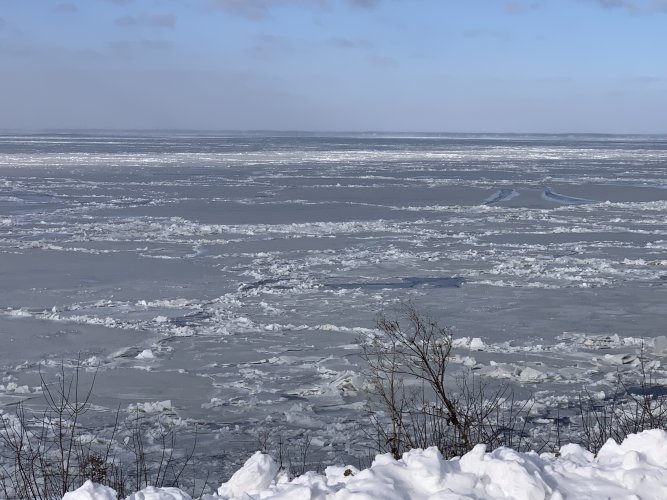seeth07
Well-known member
Read the management plan. Most of those objectives would not be possible without funding of which almost all of it comes from the supporting local community in WI. We don't have hundreds of 1000's of NR buying preference points at ridiculous prices for false hopes to fund these things around here like out West.
 widnr.widen.net
widnr.widen.net




